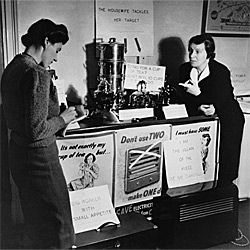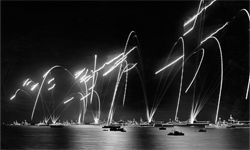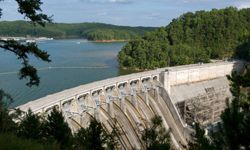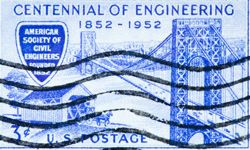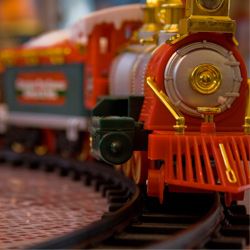Many girls and young women in developed countries today have their pick of advanced mathematics and science courses, as well as encouragement to pursue careers in engineering and technical fields. It wasn't always so. Most women who paved the way for others to enter these professions decades ago had neither the opportunities nor the support on their sides. Nevertheless, they managed to shake up the world of science in all sorts of groundbreaking ways.
Some women came by their dam, bridge and manufacturing genius by taking up an interest in all things technical, mechanical or electrical, and they signed up to work alongside men in schools of engineering and in building and technical professions where no women had calculated or computed before. Family and economic hardship often further stacked the decks against them.
Advertisement
Numerous female innovators also had a strong interest in advancing career and academic roles for their gender. But some simply had a love of engineering or designing new tools and processes -- and they just happened to be women. Let's meet the first.
